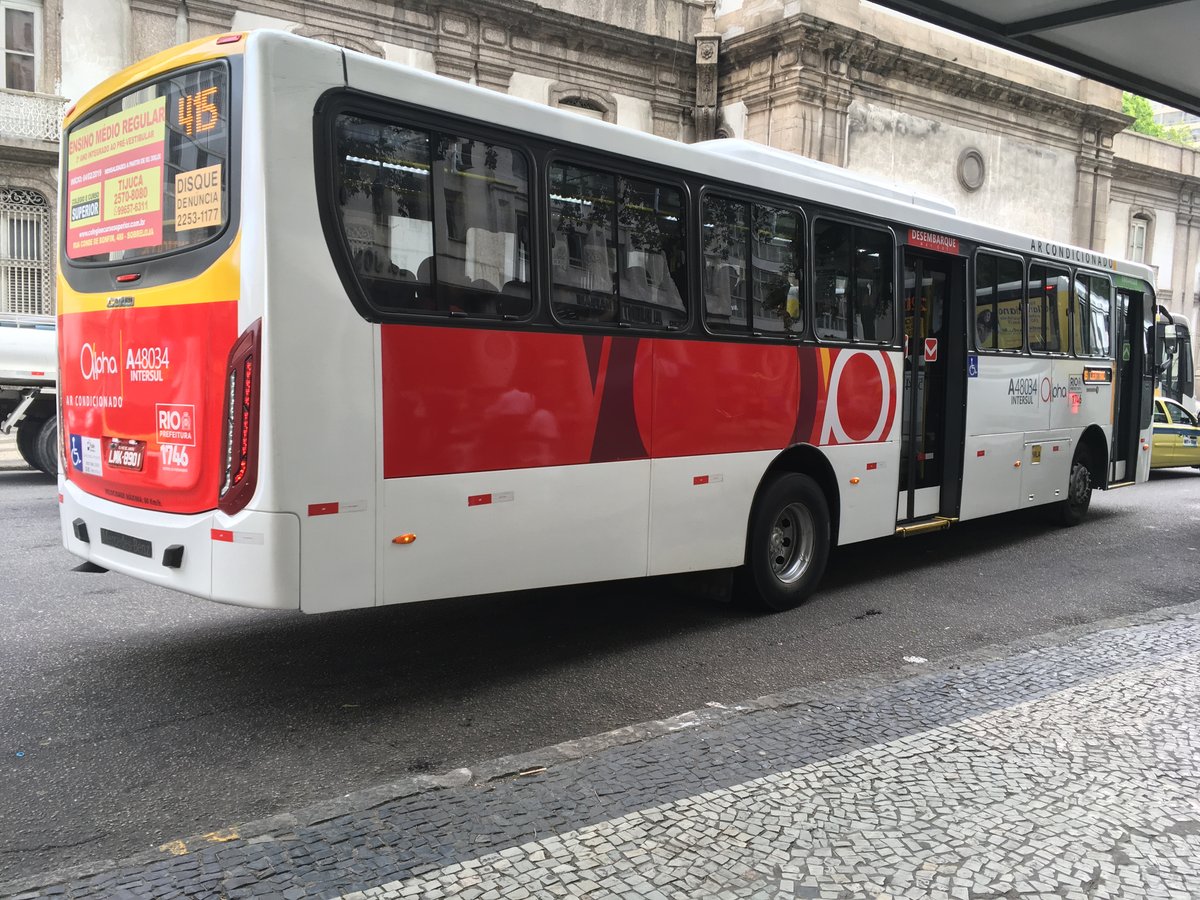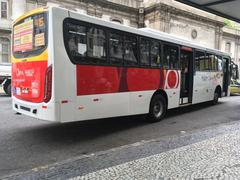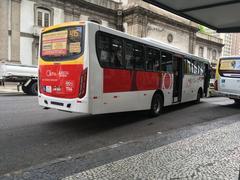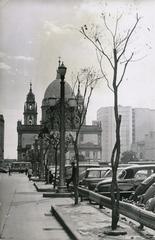
Candelária Church: Visiting Hours, Tickets, and Historical Significance in Rio de Janeiro
Date: 14/06/2025
Introduction
Candelária Church (Igreja da Candelária) stands as one of Rio de Janeiro’s most iconic and historically significant landmarks. Located in the heart of the city at Praça Pio X, this architectural marvel bears witness to centuries of Brazil’s colonial, imperial, and modern history. With its blend of Baroque, Neoclassical, and Renaissance styles, the church is celebrated not only for its monumental design but also for its artistic treasures, religious significance, and its role in pivotal historical events. This comprehensive guide provides essential visitor information—covering visiting hours, ticketing, accessibility, travel tips, and nearby attractions—while exploring the church’s history, architecture, and social legacy.
For further details, check authoritative resources such as World Top Top, Riotur, and the Candelária Official Site.
Table of Contents
- Origins and Early History
- Architectural Evolution and Artistic Highlights
- Religious and Cultural Significance
- Modern History and Social Impact
- Visitor Information (Hours, Tickets, Accessibility)
- Guided Tours and Special Events
- Travel Tips and Nearby Attractions
- Frequently Asked Questions (FAQs)
- Conclusion
- References
Origins and Early History
The story of Candelária Church begins in 1609, when Spanish sailors, having survived a violent storm, vowed to build a chapel in honor of Our Lady of Candelária (Nossa Senhora da Candelária). The first chapel was completed in 1610 and became a place of devotion for the growing colonial settlement (World Top Top). As Rio de Janeiro expanded, the original chapel was replaced by plans for a larger church that reflected the city’s ambitions and burgeoning population.
Architectural Evolution and Artistic Highlights
Exterior Design
Construction of the current church began in 1775 and continued through the late 19th century. The façade is a striking combination of Baroque exuberance and Neoclassical elegance, featuring white granite, six Corinthian columns, and a triangular pediment adorned with religious reliefs. Twin bell towers and a soaring limestone dome—once the tallest in Rio—define its silhouette (Outdooractive).
Interior Features
The Latin cross floor plan leads visitors through a luminous nave flanked by marble columns and accented with gilded Corinthian capitals. The flooring is an intricate mosaic of polychrome marble, while the walls and ceilings are adorned with elaborate stucco, gilded moldings, and painted biblical scenes. The central dome, decorated with frescoes by João Zeferino da Costa, features an oculus that bathes the interior in natural light (Riotur).
Artistic Masterpieces
The high altar, crafted from white and pink marble with gilded bronze details, is a prime example of Baroque artistry. German stained glass windows illuminate the space with vibrant color, while Art Nouveau pulpits and monumental bronze doors—sculpted by renowned Portuguese and Brazilian artists—exemplify the church’s rich artistic legacy. Maritime symbols, such as ships and anchors, are woven throughout, reflecting the church’s origins as a sailor’s votive offering (Imaginario de Janeiro).
Religious and Cultural Significance
Candelária Church has long been a center for Catholic worship, hosting regular Masses, weddings, and religious festivals. Its dedication to Our Lady of Candelária, patroness of sailors and travelers, holds deep meaning for both the faithful and the city at large (Riotur). Historically, it served as a gathering place for Rio’s elite and, during the imperial era, was the venue for important state and religious ceremonies.
The church is also a symbol of artistic and cultural achievement, showcasing the talents of Brazilian and Portuguese artisans and serving as an educational site for students of art, history, and architecture.
Modern History and Social Impact
The Candelária Massacre
On July 23, 1993, the church became the focus of international attention due to the Candelária Massacre, in which eight homeless youths were killed on its steps by a group that included off-duty police officers. This tragedy underscored Brazil’s social inequalities and sparked movements for human rights and police reform (COHA). The site now features a memorial, and the church continues to host vigils and events in remembrance.
Civic and Community Role
Beyond its religious function, Candelária Church is a locus for civic gatherings, cultural events, and social activism. The plaza in front of the church is often the site of public demonstrations and processions, reflecting its ongoing role in the city’s social and political life.
Visitor Information
Visiting Hours
- Monday to Friday: 7:30 AM – 4:00 PM
- Saturday: Closed
- Sunday: Opens at 9:00 AM for mass; main service at 10:30 AM (Candelária Official Site)
Note: Visiting hours may vary during religious festivals and special events. Confirm with the official site before your visit.
Admission
- Free Entry: No tickets required; donations are appreciated.
Accessibility
- Wheelchair Accessible: Ramps and wide aisles accommodate visitors with mobility challenges.
- Facilities: Restrooms available; staff are helpful to tourists.
How to Get There
- Address: Praça Pio X, s/n – Centro, Rio de Janeiro, RJ
- Public Transport: Near Metro Carioca; accessible by numerous bus lines along Avenida Rio Branco.
Guided Tours and Special Events
While regular guided tours are not offered in English by the church itself, group visits or special tours can be arranged in advance (Candelária Official Site). Many local tour operators include Candelária Church as part of walking tours of Rio’s historic center, often in combination with nearby landmarks.
The church’s exceptional acoustics make it a popular venue for concerts and choral performances, especially during religious festivals and special events.
Travel Tips and Nearby Attractions
- Best Time to Visit: Weekday mornings offer a quiet, contemplative experience and the best natural light for photography.
- Dress Code: Modest attire is recommended; shoulders and knees should be covered, especially during religious services.
- Photography: Permitted inside, but avoid flash and be discreet during ceremonies.
- Safety: The area is safe by day, but standard urban precautions apply; avoid isolated streets after dark.
- Language: Most signage is in Portuguese; a translation app can be helpful.
Nearby Attractions
- Municipal Theater
- National Library
- Royal Portuguese Reading Room
- Rio de Janeiro Cathedral
- Museu de Arte do Rio
Frequently Asked Questions (FAQs)
Q: What are the visiting hours for Candelária Church?
A: Monday to Friday, 7:30 AM to 4:00 PM; closed Saturday; Sunday open from 9:00 AM for mass.
Q: Is there an entrance fee?
A: No, entry is free; donations are welcome.
Q: Is the church wheelchair accessible?
A: Yes, with ramps and accessible restrooms.
Q: Are guided tours available?
A: Group tours can be arranged in advance; local operators offer walking tours that include the church.
Q: Can I take photos inside?
A: Yes, but avoid flash and be respectful, especially during services.
Q: What is the best time to visit?
A: Weekday mornings are least crowded and offer the best light for photography.
Conclusion
Candelária Church is more than a religious monument—it’s a living testament to Rio de Janeiro’s layered history, artistic achievement, and social consciousness. Whether you visit to marvel at its architecture, attend mass, reflect on its poignant history, or simply explore the city’s cultural heart, the church provides a profound and memorable experience for all.
Plan your visit today and make the most of this remarkable landmark. For updates on opening hours, events, and visitor information, consult the official church website and the Rio de Janeiro tourism portal.
For more travel inspiration and audio guides, download the Audiala app and follow us on social media.
Visuals
Alt text: Candelária Church facade with white granite and limestone dome
Alt text: Interior of Candelária Church featuring Italian marble altars and stained glass windows
Alt text: Map pinpointing Candelária Church location at Praça Pio X, Rio de Janeiro
References
- World Top Top
- Outdooractive
- Riotur
- Candelária Official Site
- COHA
- Imaginario de Janeiro
- Brazil Offbeat
- One Vasco
- Tour by Transit
- GPSmyCity
- Nomadic Niko






















































